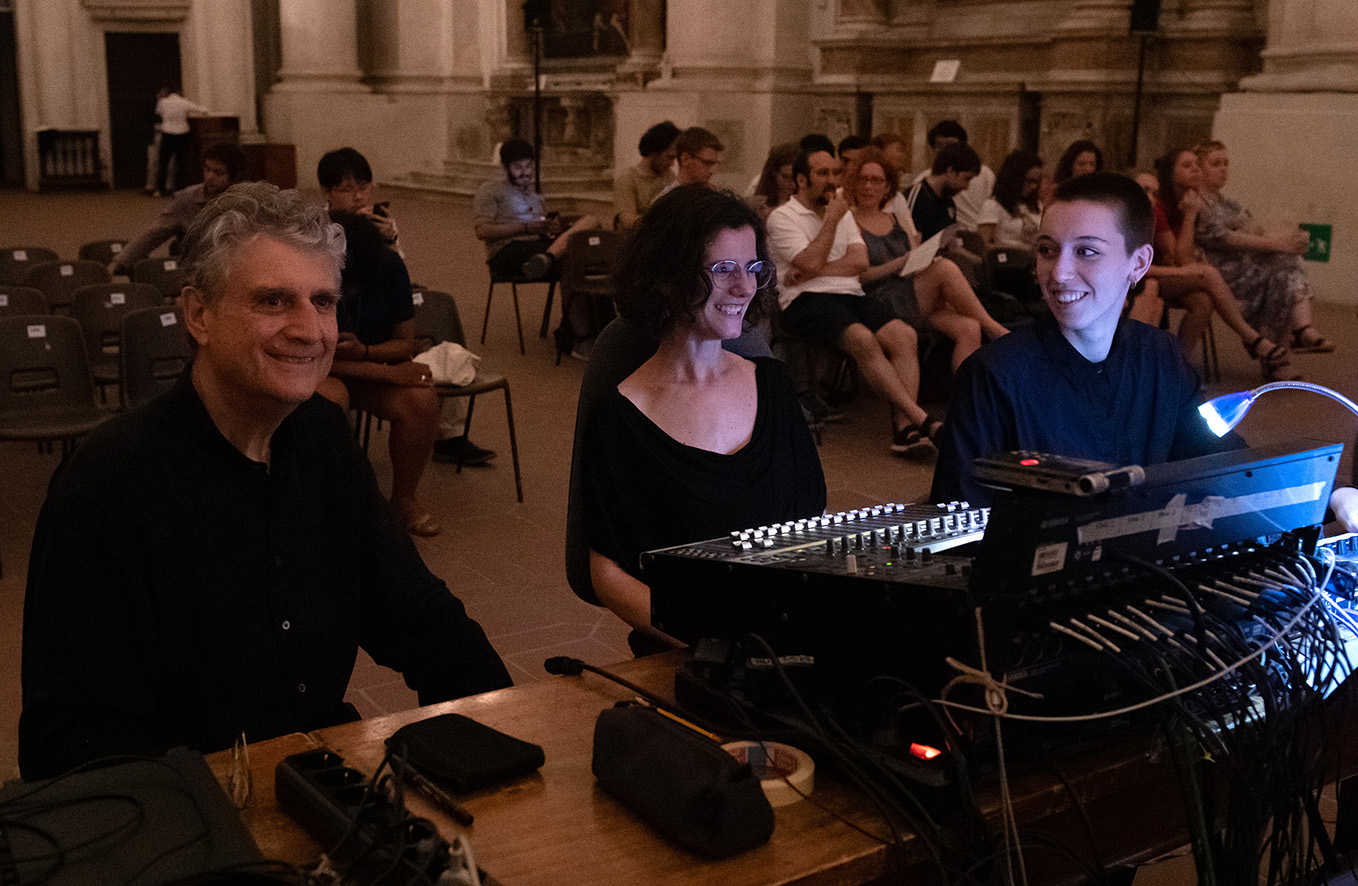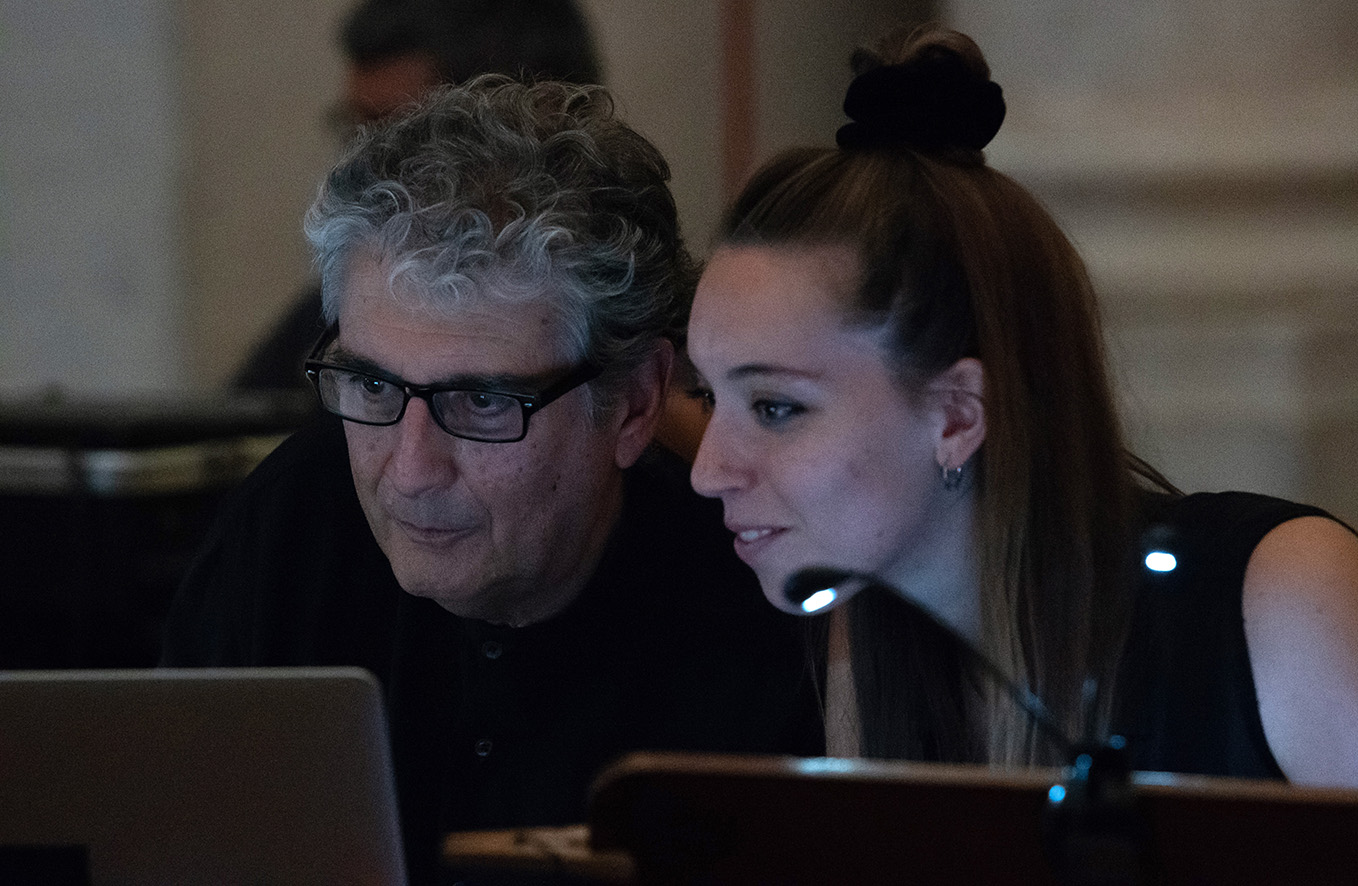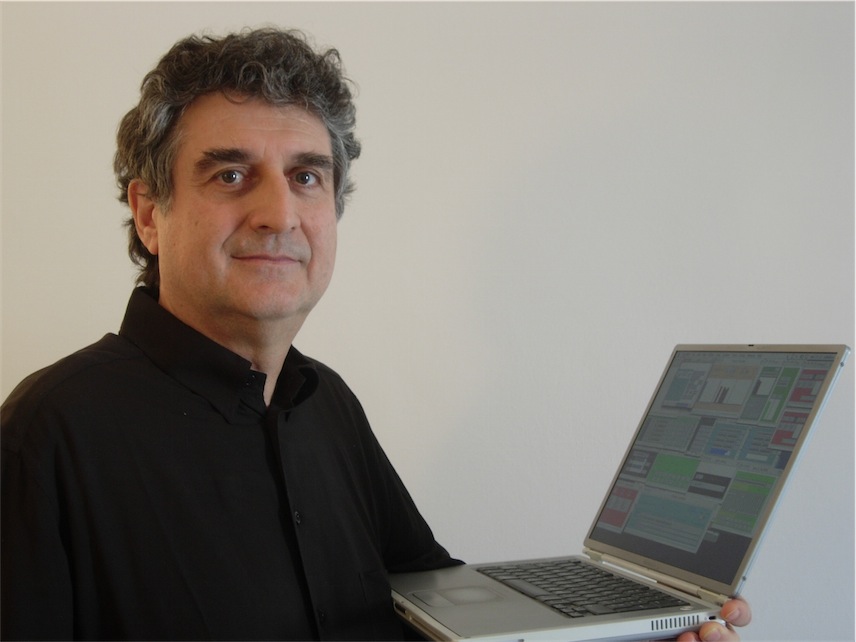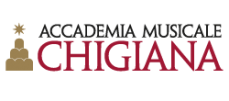This post is also available in:
 Italiano (Italian)
Italiano (Italian)
ALVISE VIDOLIN instructor
NICOLA BERNARDINI co-instructor
LUCA RICHELLI workshop coordinator
30 JULY / 8 AUGUST

GENERAL INFORMATION
Due to the current global health emergency, this year, the seminar will be held exclusively online. It is directed toward composers, performers, and interpreters of electronic music, and to sound engineers eager to deepen their understanding of the theoretical elements, techniques, and creative abilities related to the realisation of live electronic concerts.
It is possible to attend the seminar as an auditor. A limited number of auditors will be accepted.
The seminar will be divided into daily individual lessons alternating with collective/individual workshop meetings.
COMPOSITION TRACK
Active students are required to bring along the score (or the draft of a score) of an original composition with live electronics (for a soloist or small ensemble), the electronics portion of which will be realized during the course.
SEMINAR DETAILS
Lessons on theory will deepen the student’s knowledge of the following topics:
– the temporal eco-sustainability of musical works with electronic parts
– the choice of technological equipment suitable for sustainability
– the adaptation of past works made with technologies that are no longer available
– the various semiographic notations useful for the reading, interpretation and reconstruction of electronic parts
– the use of scripting and automation systems for the systematic creation of highly complex electronic scores
These topics present challenging aspects that are still open to emerging research and will be addressed by highlighting the research and investigating the know-how and components necessary for in-depth realizations of past and future works.
LESSONS AND WORKSHOPS
During lectures and workshop meetings, four works from the great repertoire related to live-electronics will be discussed on an analytical, interpretative and executive level – up to the realization of detailed performance projects:
- Salvatore Sciarrino, Cantare con Silenzio
- Luigi Nono, A Pierre, nell’azzurro, Inquietum
- Luigi Nono, Das Atmende Klarsein
- Luigi Nono, Guai ai gelidi mostri
In the workshops the challenges of recording, processing and spatialisation of live sounds will be faced in simulated form, and as a function of documentation work to be carried out in post-production. Through the simulations of the pieces with electronics listed above, different execution techniques will be studied.
Interested students must apply by June 15th.
ENTRANCE EXAMINATION
The Accademia Chigiana will communicate to all candidates the result of the selection made by the examining commission.
COMPOSITION TRACK
For the entrance exam, candidates must present the scores of two recent compositions with parts for electronic music.
The scores must be received by the Accademia Chigiana along with the Application Form and the application and examination fee no later than 15 June.
PERFORMANCE TRACK
For the entrance exam, candidates must present the technical-performance plans for two pieces from the repertoire for voice or instrument or ensemble and live electronics by a well-known author, to be chosen by each candidate.
The technical-performance plans must be finalized for performance in a hall of roughly 250 seats and approximate dimensions of m. 50 x 10 x 5(h), with live electronics preferably to be performed by a single person.
To perform the work, the candidate may make use, as necessary, of components from the following audio system:
- 9 independent amplification channels with 9 full-range loudspeakers positioned on the boom at variable height and orientation;
- 1 subwoofer speaker positioned on the ground with independent amplification channel;
- wide variety of dynamic condenser, proximity, radio, microphones with rods and various supports;
- 1 analog or digital mixer of the candidate’s choice;
- 1 reverb generator of the candidate’s choice;
- 1 personal computer with multichannel audio interface and MIDI controller of the candidate’s choice, software chosen by the candidate (preferred: Max / MSP, PD, Supercollider, Csound, or Faust, which may also be interconnected with each other)
- power supply, audio and power cables, technician for installation support.
The plan must include:
- data sheet;
- diagram of the connections between the various devices and their location in the Hall and/or in neighboring environments;
- detailed configuration of the mixer (inputs/outputs, internal programming);
- performance environment created by the computer using the chosen software;
- text describing the actions that the performer must perform during the performance, possibly accompanied by additional instructions inserted in the score.
In collaboration with SaMPL (Conservatory C. Pollini di Padova) and with the Center of Computational Sonology (CSC) of the University of Padova. Coordinator of SaMPL, Luca Richelli
AGE LIMIT
35 years
ADMISSION
Requested materials to be included in the online application
APPLICATION DEADLINE
15 JUNE
SEMINAR BEGINS
30 JULY


COURSES
SEMINARS
Last updated: 29/05/2020

